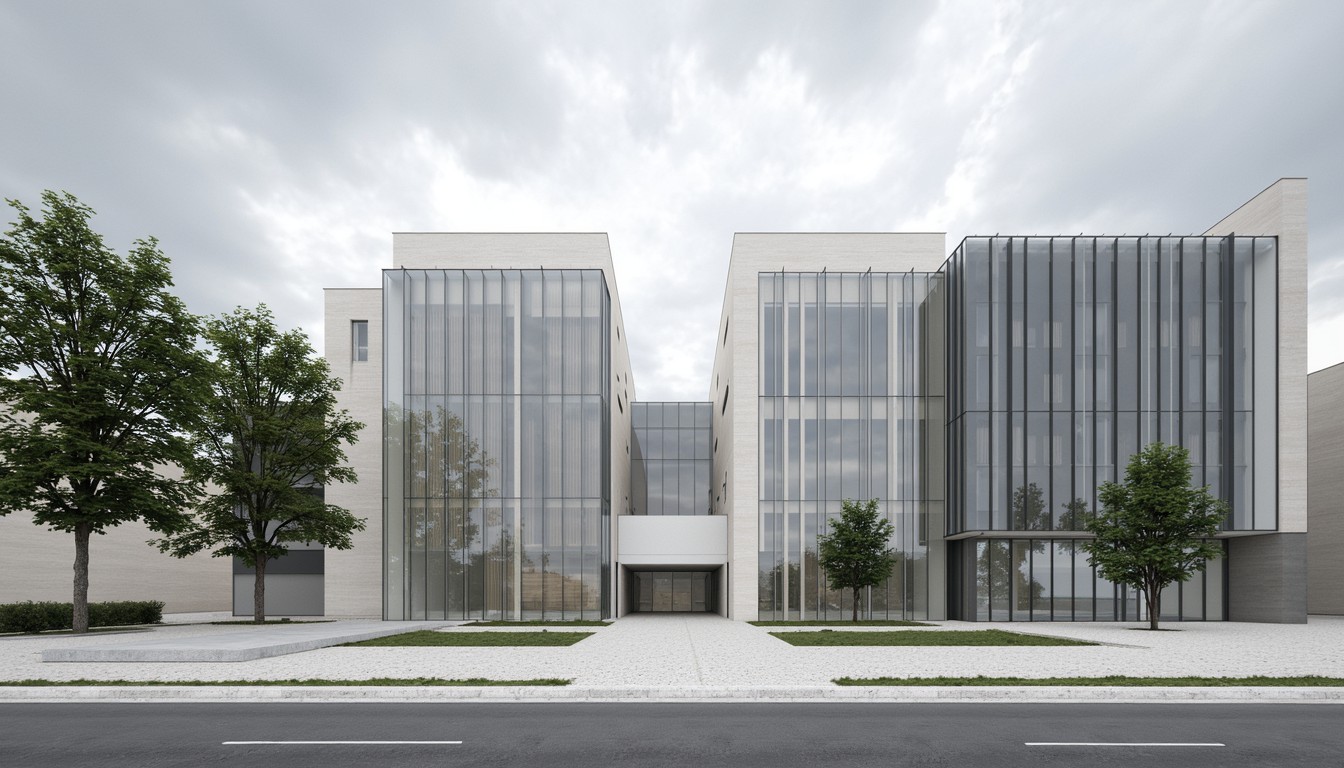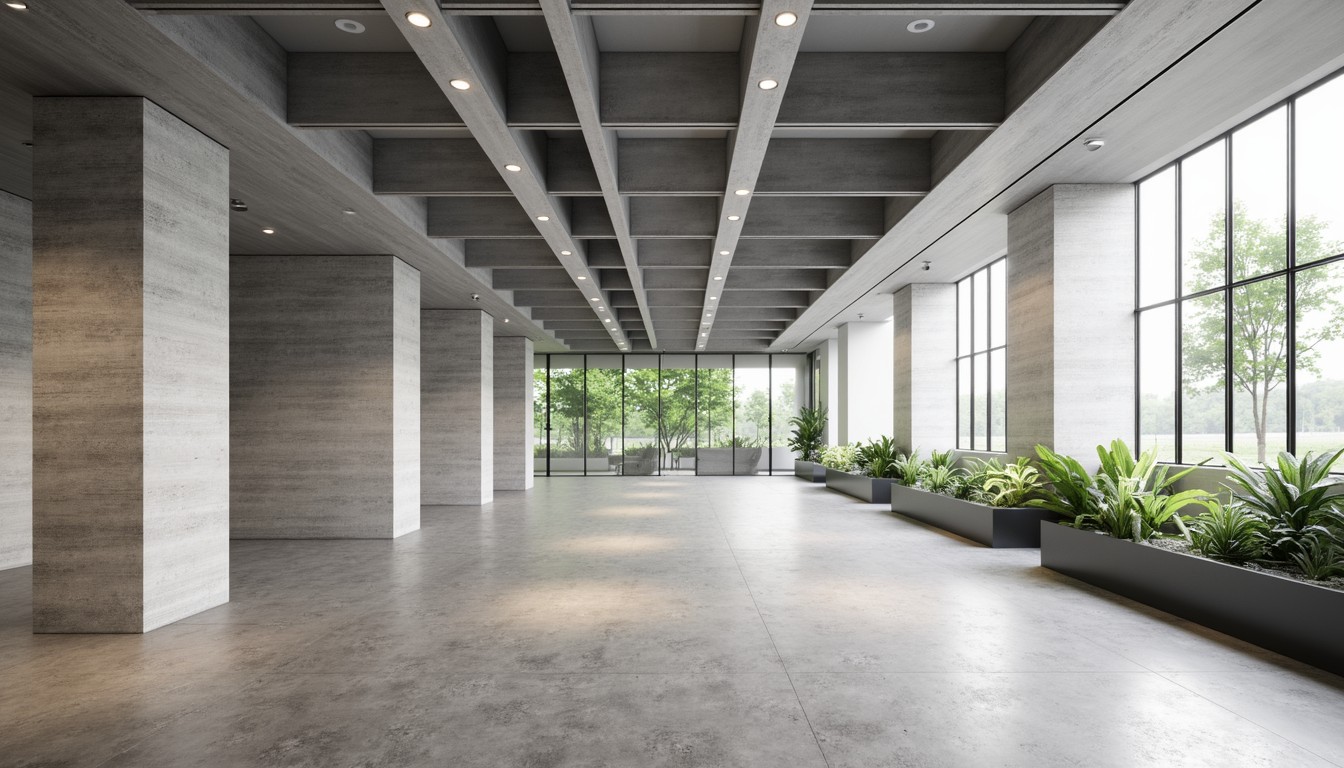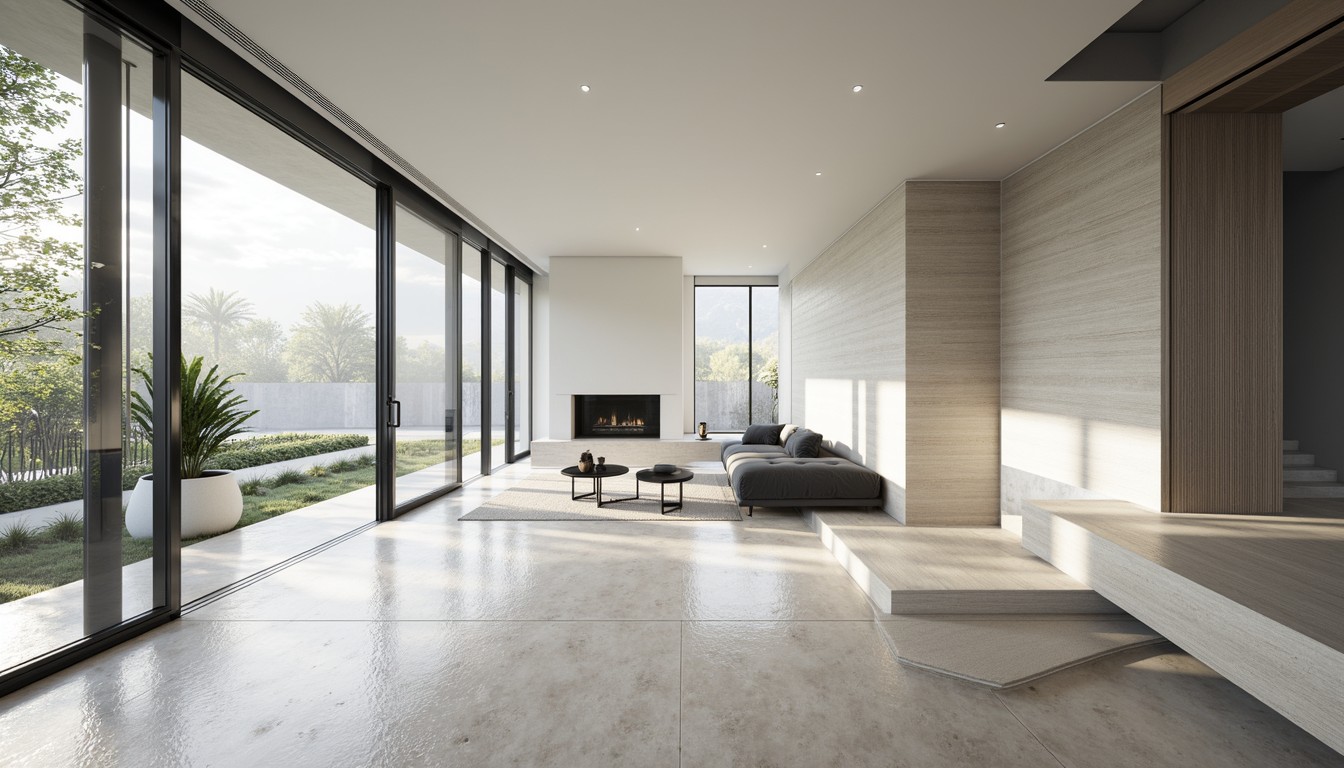Digital Transformation: Revolutionizing Architectural Design
The architecture industry is undergoing a profound digital transformation, driven by advancements in software, hardware, and data management. This shift is not merely about adopting new technologies; it's about fundamentally changing how architects design, collaborate, and deliver projects. From conceptualization to construction, digital tools are streamlining workflows, enhancing creativity, and improving communication, ultimately leading to better buildings and a more sustainable future.
BIM: The Cornerstone of Digital Architecture

Building Information Modeling (BIM) is arguably the most significant driver of this transformation. BIM is a process involving the generation and management of digital representations of physical and functional characteristics of places. This goes beyond simple 3D modeling; it encompasses all aspects of a building's lifecycle, from initial design and construction to operation and demolition. Architects use BIM software to create detailed 3D models that contain vast amounts of data, including material specifications, energy performance information, and cost estimations. This integrated approach fosters better collaboration among stakeholders, reduces errors, and optimizes the entire building process. Specific software like Revit, ArchiCAD, and Vectorworks are widely used, each offering unique strengths.
Enhanced Visualization and Client Communication
Architectural visualization has been revolutionized by advancements in rendering technology and virtual reality (VR). ArchNav specializes in creating photorealistic renderings and immersive VR experiences that allow architects to present their designs to clients in a compelling and engaging way. This improves client understanding and buy-in, leading to fewer revisions and a smoother project workflow. Beyond static images, walkthroughs and virtual reality tours allow clients to experience the space as if they were already there, fostering a deeper connection and better informed decision-making.
The Power of VR and AR in Architectural Design
Virtual Reality (VR) offers immersive experiences, allowing clients to explore designs in detail. Augmented Reality (AR), on the other hand, overlays digital information onto the real world, enabling architects to visualize designs on existing sites or even within existing buildings. These technologies bridge the gap between the digital model and physical reality, enhancing communication and collaboration.
Data Analytics and Sustainable Design

The sheer volume of data generated through BIM and other digital tools provides valuable insights for sustainable design. Architects can use this data to analyze energy performance, optimize building materials, and minimize environmental impact. Software can simulate building performance under various conditions, allowing for informed decisions that lead to more efficient and environmentally responsible buildings. This data-driven approach is crucial for meeting increasingly stringent sustainability standards and creating buildings that are both functional and environmentally friendly.
Collaboration and Cloud Computing
Cloud-based platforms have transformed architectural collaboration. Teams can access and share project data in real-time, regardless of their location. This fosters seamless collaboration, improves communication, and accelerates the design process. Cloud-based tools also facilitate version control and data backup, minimizing the risk of data loss and ensuring project continuity.
Generative Design and AI in Architecture
Artificial intelligence (AI) and generative design are emerging as powerful tools in architectural design. Generative design algorithms can explore countless design options based on specified parameters, allowing architects to discover innovative and optimized solutions. While not yet fully replacing human creativity, these tools significantly enhance the design process by providing architects with a wider range of possibilities and freeing them from repetitive tasks.
The Future of Digital Architecture

The digital transformation of architecture is an ongoing process. We can expect further advancements in BIM, VR/AR, AI, and other technologies to continue reshaping the industry. The integration of digital twins, which create a complete virtual representation of a building, will further enhance the efficiency and sustainability of the design and construction process. The future of architecture will be increasingly data-driven, collaborative, and sustainable, leveraging the power of digital tools to create innovative and impactful designs.
ArchNav: Your Partner in Digital Architectural Visualization
At ArchNav, we embrace the digital transformation of architecture, leveraging the latest technologies to deliver exceptional architectural visualization services. Our expertise in BIM, rendering, VR, and AR allows us to create stunning visuals that effectively communicate your design vision. We collaborate closely with architects to ensure that our visualizations accurately reflect their designs and meet their specific needs. Partner with ArchNav to elevate your projects with cutting-edge digital visualization.
